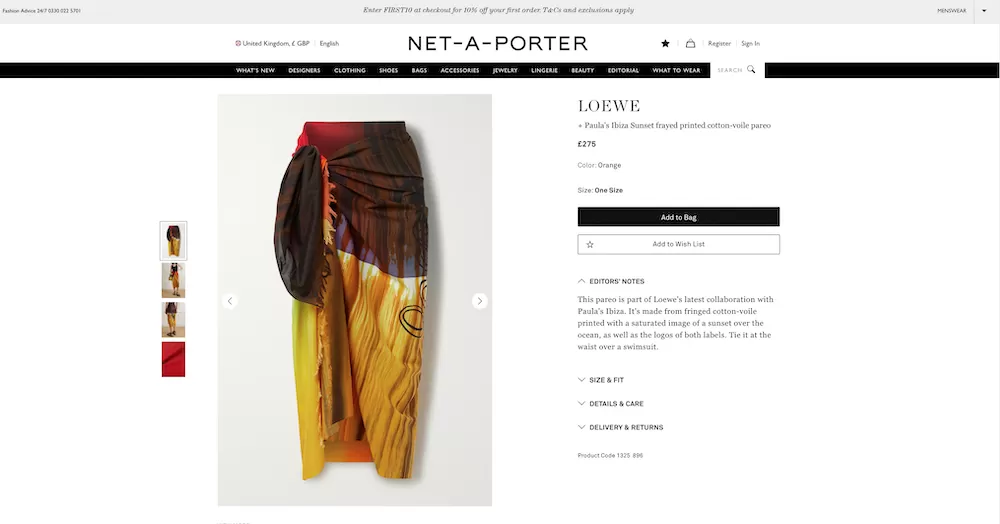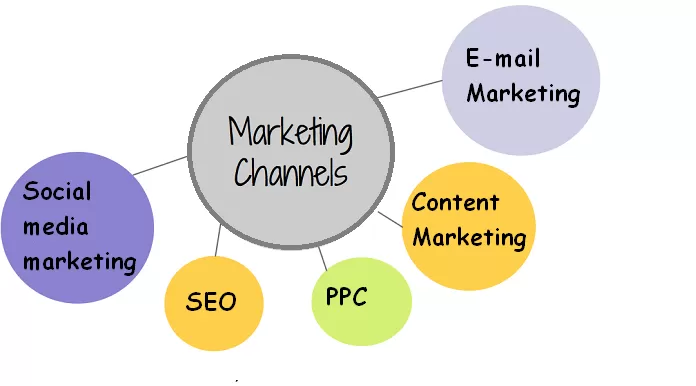A recent survey of digital marketing and e-commerce executives conducted by CommerceNext in partnership with CommX found that developing a more careful appreciation of individual consumer needs and hence personalisation is a top priority for brands and ecommerce retailers alike.
Leaning into consumers with hyper-personalisation – more than 52% of respondents are planning to launch or expand their current one – was more important than investing in technologies such as crypto payments and AR/VR, the study found.
Hyper-personalisation, navigation and discovery, and search to keep customers coming back, were the highest on the to-do lists of respondents.
“There’s also a few other things happening in the industry,” said Scott Silverman, co-founder of CommerceNext. “We’re still seeing much higher levels of e-commerce activity that started during the Covid-19 pandemic and hasn’t dropped back down.
We’re also seeing significant increases in customer acquisition costs, particularly, on Facebook, where the cost of ads is increasing due to more competition. They’re also less effective due to poor targeting related to the changes from Apple iOS 15.4.
Paid social remains the top acquisition channel, but its high costs have retailers looking for models that will generate higher ROI in the coming year,” Silverman added. “Brands looking to endear their customers to them are prioritising their personalisation experience.
Among all executives surveyed, supply chain challenges continue to be viewed as the primary obstacle to achieving desired sales results, cited by 61% of respondents, while 75% of digital-first retailers surveyed said rising customer acquisition costs were their primary concern. Inflation concerns are top of mind, too, with 56% of respondents anticipating a minimum 6% increase in prices and 20% expecting an increase of over 10%.
“Acquiring customers inexpensively is over,” Silverman said. “The focus now is on delivering better, more relevant experiences to existing customers and new customers. That’s why we’re seeing so much investment in things like personalisation, and site search and navigation.”
Putting your customers first matters – a lot. It should be a top strategic priority for every business. When your customers have a good experience, they are more loyal, spend more, and are willing to recommend you. According to Forrester’s research, companies that excel at customer experience grow revenue three times faster than companies with poor customer experience strategies.
In a recent study by EverString and Ascend2, 69% of companies rated personalising the customer experience as a top priority. Survey respondents ranked acquiring new customers ranked at 41% and targeting individual market segments at 36%.
Connected Data Insights
As consumers engage with brands across channels and devices, they leave behind a trail of data – who they are, what they plan to purchase, where they’ve been and where they’re going. Delivering a highly personalised customer experience requires that marketers collect all this data, enhance it with third-party data insights, and integrate it all into a single customer view.
However, this continues to be a challenge for many companies. Enriching data quality and completeness, and integrating this data across platforms, are the most significant barriers to achieving enterprise class data-driven marketing success.
Data integration remains a challenge for a majority of enterprises. A Forbes Insight study reported that, “Only 36% of executives say they have attained real-time, highly integrated capabilities across all the customer channels within their enterprises. At this point, just half of even the most highly data-driven CX organisations consider themselves to be highly integrated. For the most part, information is managed centrally, as reported by a majority of executives. Only 14% of executives can report that their data is structured on a cross-functional, synchronised basis.”
Most Effective Hyper-personalisation Tactics
Personalisation is a huge component of the overall customer experience. Take a look at the following stats on how personalisation can add real value to your bottom line:
- 73% of consumers prefer to do business with brands that use personal information to make their shopping experiences more relevant (Digital Trends)
- 86% of consumers say personalisation plays a role in their purchasing decisions (Infosys)
- 45% of online shoppers are more likely to shop on a site that offers personalised recommendations (Invesp)
- 40% of consumers buy more from retailers who personalise the shopping experience across channels (Monetate)
- 80% of consumers like it when retailers’ emails contain recommended products based on previous purchases (Listrak)
In another study from the CMO Council and SAP Hybris, fast response time to issues, needs, or complaints was cited by 75% of respondents as the most important attribute of the customer experience. This was followed by consistency of experience across channels (55%), knowledgeable staff to assist wherever and whenever the customer needs (52%), and clear, consistent messaging across channels (46%).
In a study conducted by Forrester Consulting on behalf of Accenture Interactive, respondents stated developing and improving digital channels (60%) as the leading action to improve customers’ experiences. Rounding out the top 5 answers, respondents also stated that they are:
- 48% – Developing and improving traditional channels
- 47% – Improving analytic capabilities to improve customer insights
- 46% – Making efforts to create more valuable content for customers
- 45% – Integrating cross-channel customer experiences
A consumer’s perception of the ideal experience is continually evolving. Consumers expect more and have numerous choices when selecting a brand. Responding to inquiries promptly and providing a highly personalised cross-channel experience are elements that can wow your customers and get them to come back for more.
AI machine learning hyper-personalisation uses every facet of data collected through your ecommerce site, including that not collected even by the most advanced platforms themselves, but rather through specialist plugins that retrieve the information for you, analysing it to identify what each unique consumer is most likely to buy next and when. Imagine knowing exactly what each person will buy next, and having a means to be able to present that item to them at an optimised sending time, before anyone or anything else in the world gets a look in.





